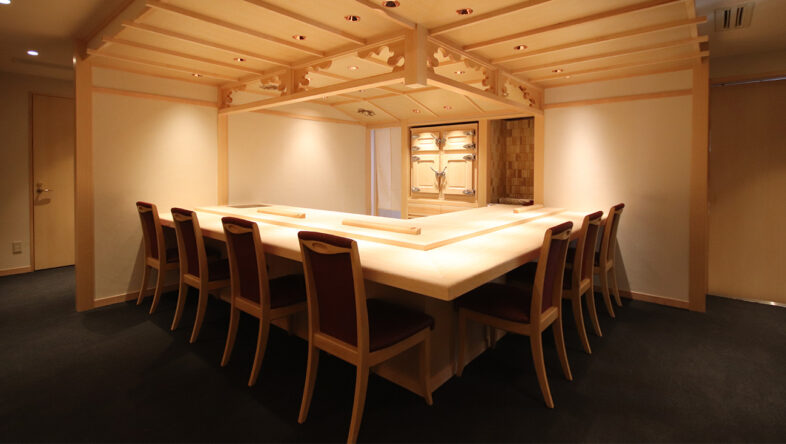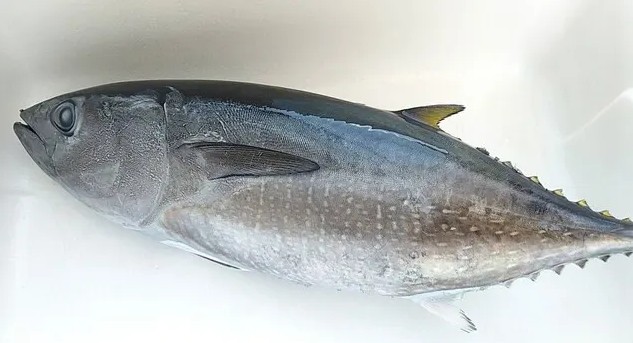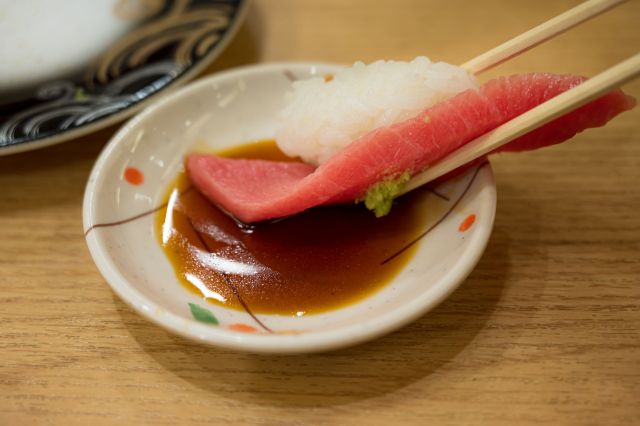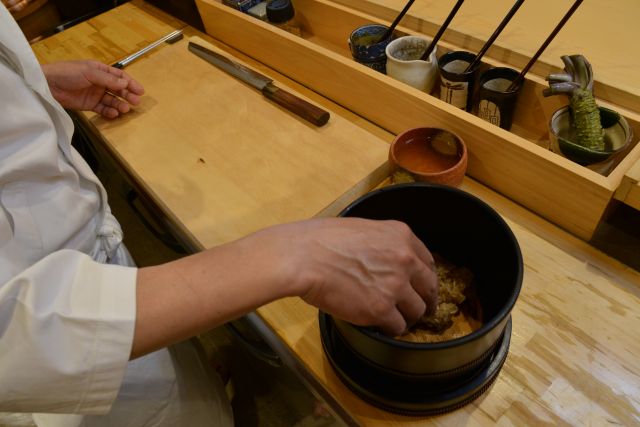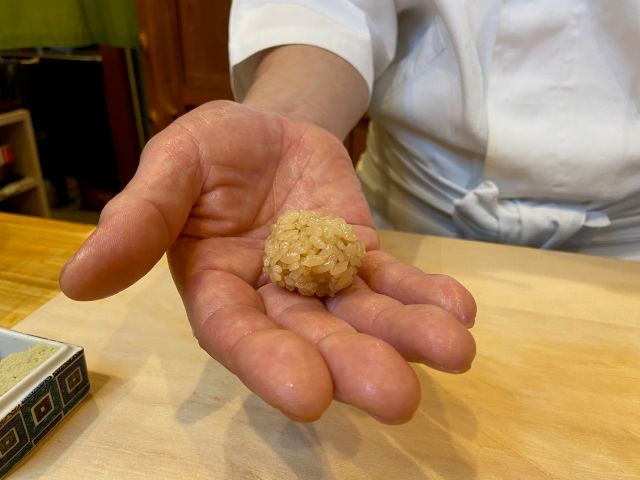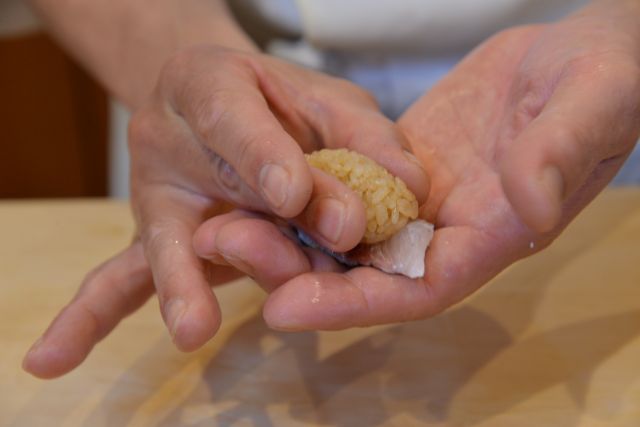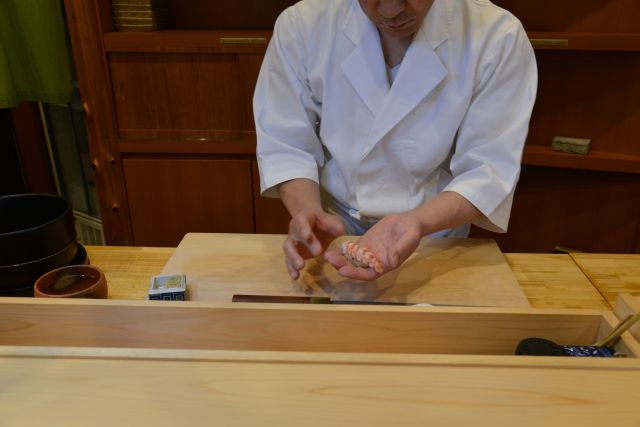
Everyone can relax and enjoy a meal at a familiar restaurant. However, when visiting a new restaurant for the first time, you may feel a little nervous and find it difficult to concentrate on the food. You may feel a sense of being out of your element.
The purpose of going to a sushi restaurant is to eat delicious sushi. There should be no disagreement about that. And many regular customers at sushi restaurants enjoy casual conversation with the sushi chefs. The topics range from sports like baseball and soccer to politics, economics, and the opposite sex. The more skilled the sushi chef, the more they can remember all the conversations in chronological order.
For travelers who don’t speak Japanese, it may be hard to understand, but sushi restaurants are the only places in the world where customers can have a direct conversation with the head chef.
When I mentioned this, someone argued that at teppanyaki restaurants, you can watch the chef’s performance while having a conversation. In our opinion, that’s the same as a street performer. The performance should take priority over conversation.
Sushi chefs look at all their customers and adjust the timing of serving food for each one. Of course, they also want customers to see their beautiful techniques, but there’s no special reason why they have to make sushi in front of customers.
So why do they make sushi in front of customers?
Generally, it plays an important role in enhancing the transparency in the cooking process and instilling trust in customers regarding hygiene management and quality maintenance. But that’s not all. Sushi chefs are expected to learn communication and create the right atmosphere on their own. Because sushi tastes better in a fun atmosphere than when eaten in silence.
We hope this information will be helpful.

Revision date: May 19, 2025
Share this article
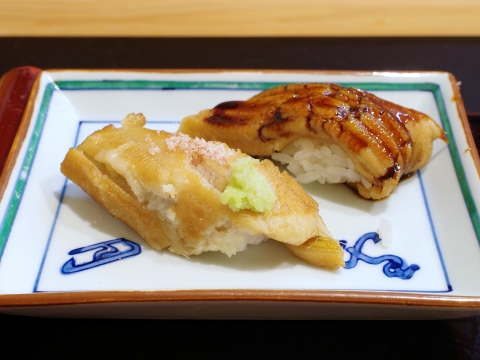
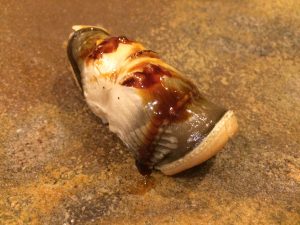

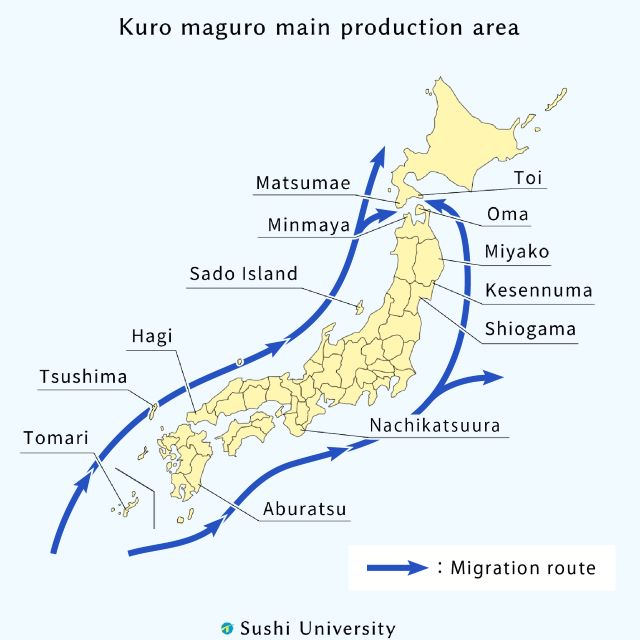
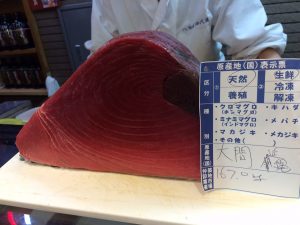 Then, when the sushi chef gets the tuna, he first separates the red, lean meat and the fatty toro portion, rewraps them separately, seals them in plastic, and puts them on ice. Next is waiting for the “young” meat, not yet suitable for eating, to mature. The number of days the fish will be rested depends on the size of the fish and the temperature. The smaller the cut and the warmer the temperature, the shorter the rest time. Generally the time is from 3-14 days.
Then, when the sushi chef gets the tuna, he first separates the red, lean meat and the fatty toro portion, rewraps them separately, seals them in plastic, and puts them on ice. Next is waiting for the “young” meat, not yet suitable for eating, to mature. The number of days the fish will be rested depends on the size of the fish and the temperature. The smaller the cut and the warmer the temperature, the shorter the rest time. Generally the time is from 3-14 days.